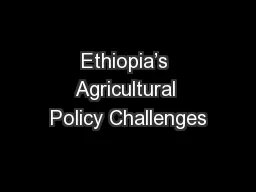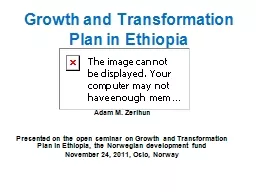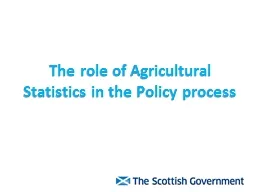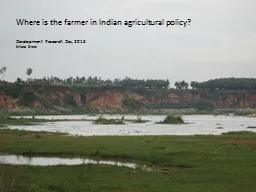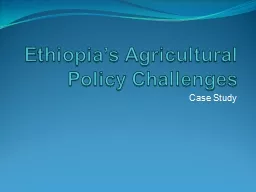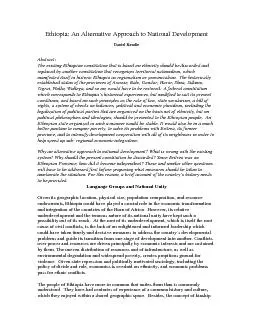PPT-Ethiopia’s Agricultural Policy Challenges
Author : natalia-silvester | Published Date : 2018-12-21
Case Study Key Dialogue Questions KDQ Should the lead sector for economic development be agriculture or industry given that Ethiopia is a non oildependent developing
Presentation Embed Code
Download Presentation
Download Presentation The PPT/PDF document "Ethiopia’s Agricultural Policy Challen..." is the property of its rightful owner. Permission is granted to download and print the materials on this website for personal, non-commercial use only, and to display it on your personal computer provided you do not modify the materials and that you retain all copyright notices contained in the materials. By downloading content from our website, you accept the terms of this agreement.
Ethiopia’s Agricultural Policy Challenges: Transcript
Download Rules Of Document
"Ethiopia’s Agricultural Policy Challenges"The content belongs to its owner. You may download and print it for personal use, without modification, and keep all copyright notices. By downloading, you agree to these terms.
Related Documents

